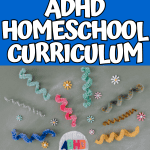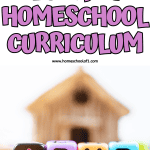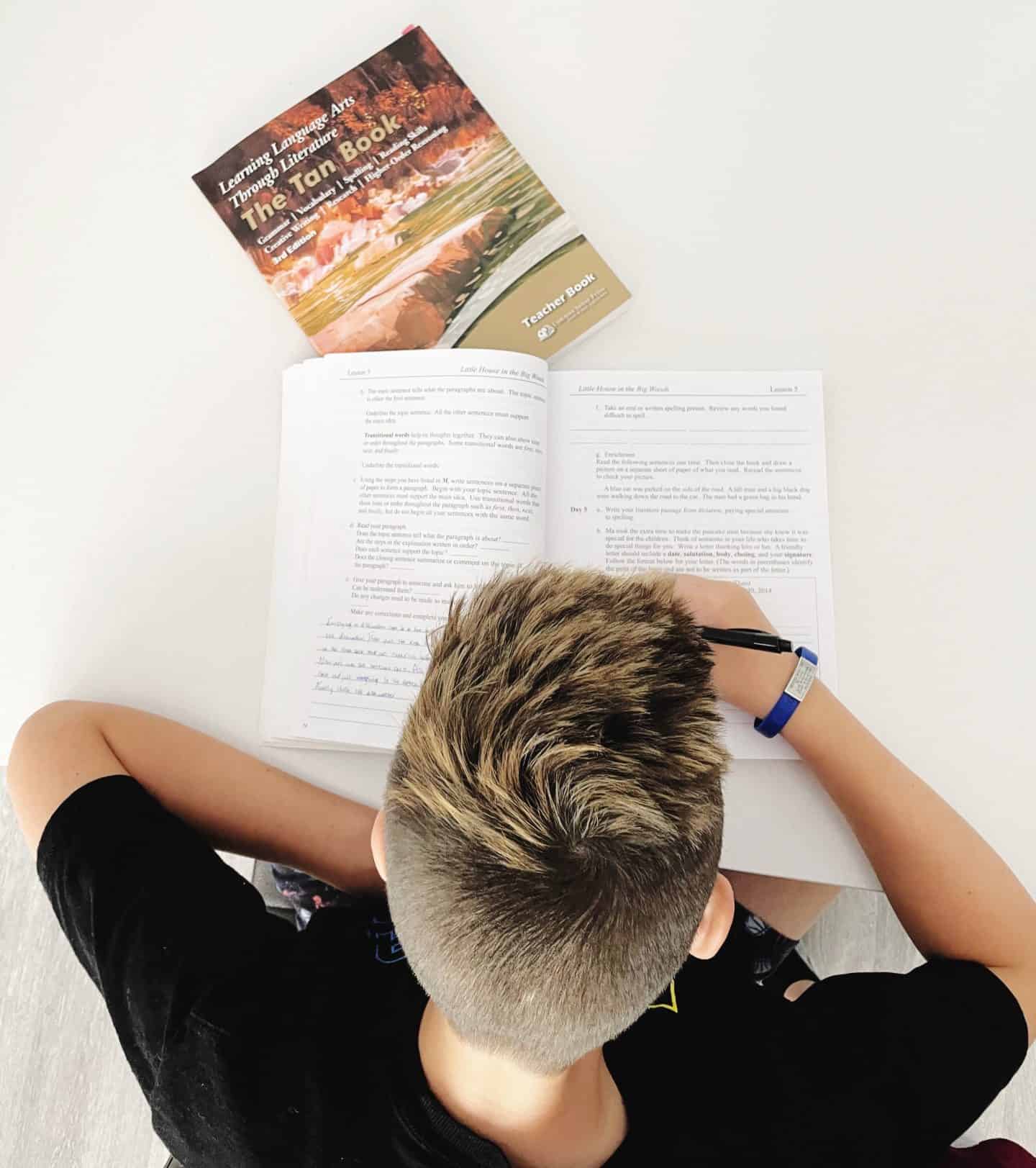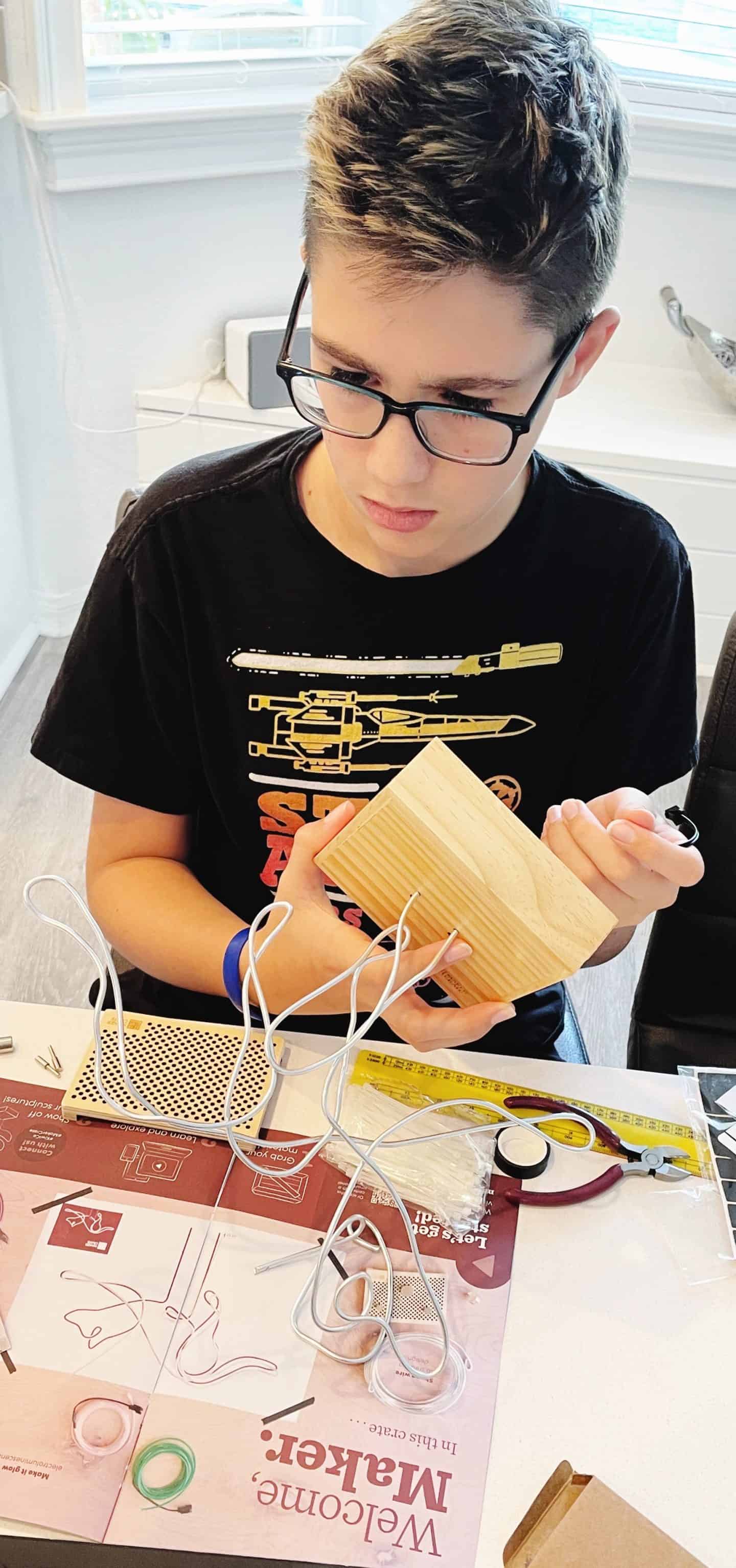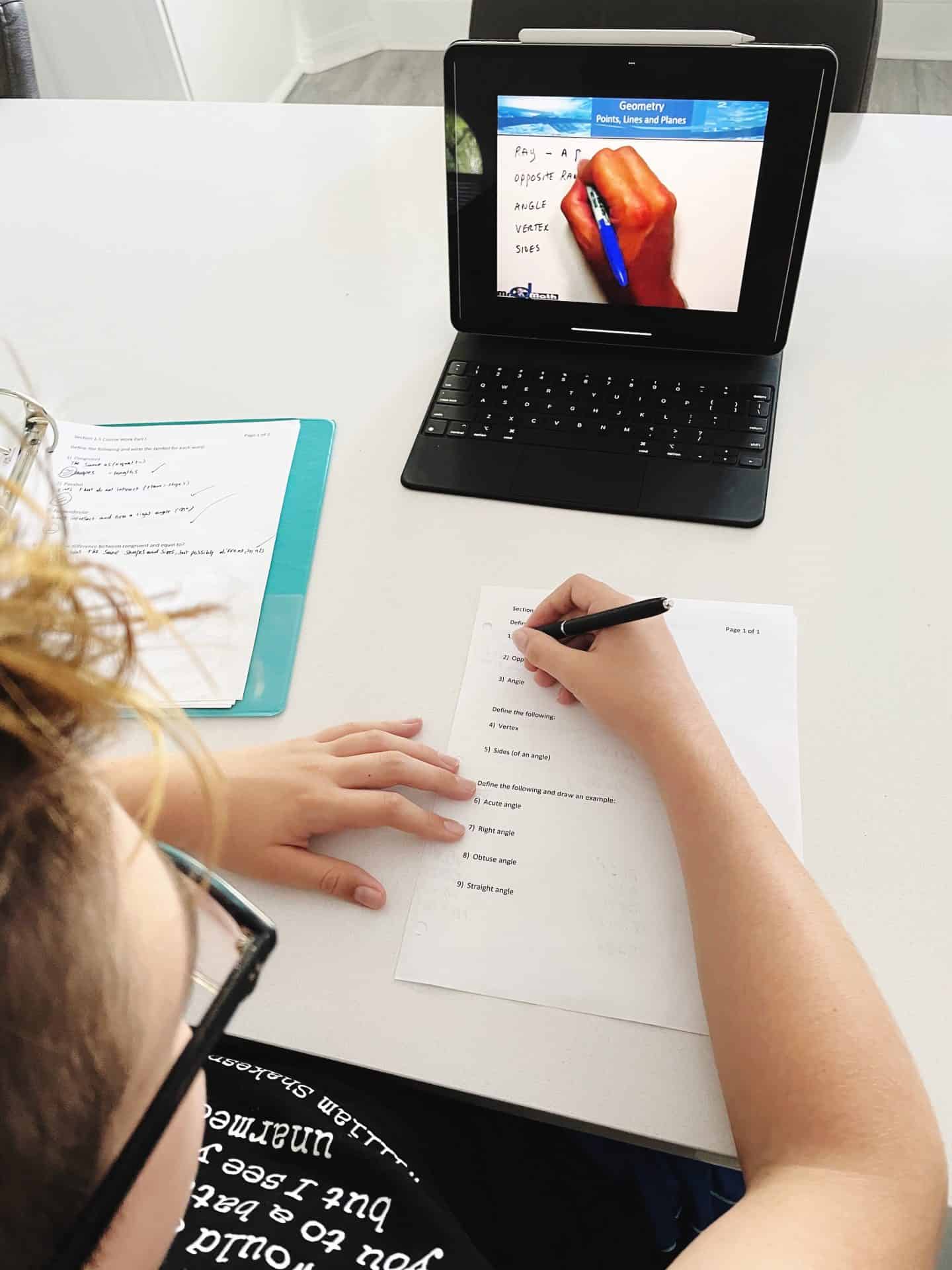Best Homeschool Curriculum for ADHD | Fun & Effective Options
Finding the best homeschool curriculum for ADHD means choosing an approach that keeps your child engaged while supporting their unique learning style.
After struggling with traditional school, I quickly realized that a structured yet flexible homeschool environment was the best choice for my son.
Homeschooling a child with ADHD comes with challenges, but it also offers the freedom to adapt lessons, incorporate movement breaks, and use hands-on activities that make learning more effective.
Over the years, I’ve discovered tips for homeschooling a child with ADHD that have helped create a routine that works—one that balances structure with flexibility, keeps distractions low, and builds on my son’s strengths.
If you’re searching for a curriculum that actually works for ADHD learners, I’ll share what has kept my son engaged and progressing, along with strategies that have made a real difference in our homeschool.
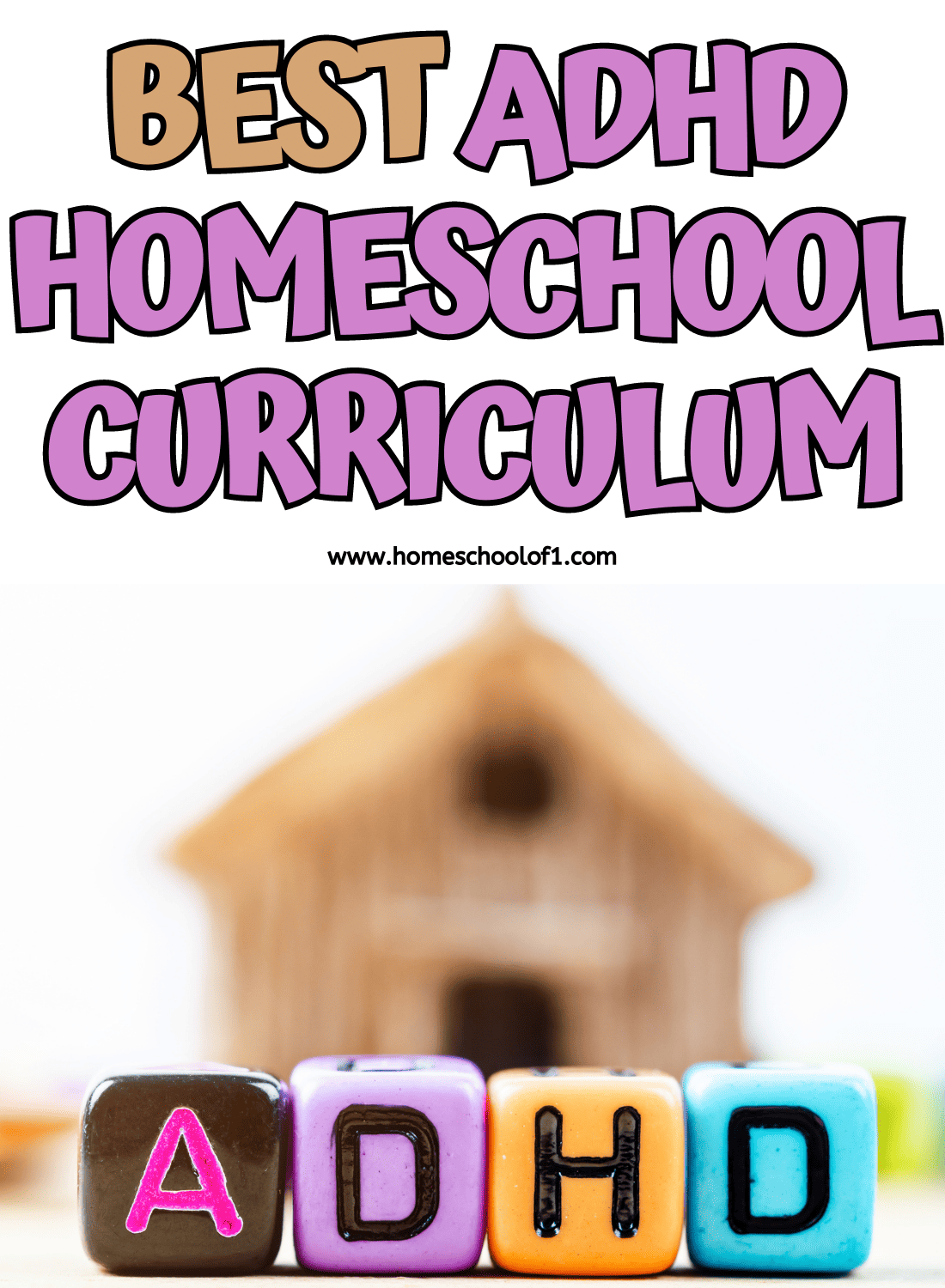
**This post may contain affiliate links. As an Amazon Associate and a participant in other affiliate programs, I earn a commission on qualifying purchases.**
Best ADHD Homeschooling Curriculum
Every parent searching for the best homeschool curriculum for ADHD wants a program that keeps their child engaged while supporting their unique learning style.
The truth? There’s no single answer. What works for one ADHD learner may not work for another. Some kids need structure, while others thrive with flexibility.
For my son, who has ADHD, we’ve tried countless curriculums because he gets bored quickly. That’s just part of the journey! Through trial and error, we’ve found engaging homeschool curriculum options that actually work.
Here’s what has been successful for us:
Homeschool Math for ADHD
The two math programs we return to year after year are Mr D. Math and Teaching Textbooks.
My son thrives on variety, so we alternate between them each year. Both offer interactive lessons that keep his interest and reduce frustration with traditional methods.
If you’re unsure where to start, check out our Teaching Textbooks review to see if it’s a good fit for your child.
Science for ADHD Learners
For science, we’ve had success with Pandia Press for elementary and middle school. Now that he’s in high school, we’ve switched to Guest Hollow’s Anatomy, which aligns with his interests.
Some days, he loves to read, and other days, he prefers visual learning. To balance this, we incorporate Crash Course on YouTube—it’s a great break from textbooks while still reinforcing lessons.
Homeschooling Language Arts
We’ve been using Common Sense Press for several years, and it’s been a solid fit.
When he was younger, he loved Night Zookeeper—an interactive, game-like program that kept him motivated.
If your ADHD learner struggles with reading or writing, interactive programs like this can make a huge difference.
History Curriculum for ADHD
For history, we’ve primarily used Sonlight, and despite being secular homeschoolers, it’s been one of our favorite programs.
We’ve also used Pandia Press in the past and may return to it next year. If your child needs story-based, engaging history lessons, both of these are great choices.
Foreign Language for ADHD Learners
When my son chose Japanese, we started using Japanese from Zero—a self-paced, ADHD-friendly program that allows him to move at his own speed.
For strong-willed and curious kids, choosing a language they’re genuinely interested in can make a huge difference in motivation.
How to Choose the Right Homeschool Curriculum for an ADHD Child
Choosing the right homeschool curriculum for an ADHD child means focusing on flexibility, structure, and engagement. Some children need a rigid routine, while others thrive with hands-on learning.
Over the years, I’ve learned valuable tips for homeschooling a child with ADHD, from breaking tasks into smaller steps to using multisensory techniques. Here’s what has worked best in our homeschool.
If your child is struggling with ADHD, I highly recommend starting with some of the best ADHD books for kids to help them better understand and manage their condition.
Creating Individualized Learning Goals
ADHD learners often do better when they have clear, short-term goals rather than long-term, vague objectives. Instead of assigning a full chapter of a textbook or a lengthy project, break it down into smaller, manageable steps.
For example, if we’re working on a research project, I help my son outline what he needs to do first—choosing a topic, gathering resources, writing an introduction—so it doesn’t feel overwhelming.
At the same time, I make sure to regularly adjust our approach based on his interests and energy levels. Some days, he’s excited to read and dive into a new subject, while other days, he needs more hands-on activities to stay engaged.
The ability to pivot based on your child’s needs is one of the biggest advantages of homeschooling with ADHD.
Using Multisensory Learning to Keep ADHD Kids Engaged
Traditional, textbook-heavy lessons don’t always work for ADHD learners. Instead, incorporating visual, auditory, and hands-on learning helps keep their attention.
My son responds best when lessons involve movement or creativity, so I try to mix in diagrams, videos, and interactive activities whenever possible.
For example, when we studied science, we used KiwiCo science kits to make the lessons more interactive. Instead of just reading about physics, he was able to build and experiment, which made the concepts much easier to understand.
Similarly, for reading and comprehension, we sometimes use audiobooks or read aloud together—this helps eliminate frustration on days when focusing on text alone is too challenging.
The goal is to find the learning style that keeps your child engaged. Whether it’s hands-on experiments, storytelling, or educational videos, there’s always a way to adapt lessons to fit their needs.
Structuring the Day Without Making It Overwhelming
One of the biggest challenges in homeschooling an ADHD child is maintaining a routine without it feeling rigid. Having a predictable daily schedule helps reduce stress, but too much structure can feel suffocating.
I’ve found that shorter learning sessions with frequent breaks work best—20 to 30 minutes of focused learning, followed by a movement break, keeps my son engaged without burning out.
I also use visual schedules and timers to help him transition between activities. A simple whiteboard with our daily plan reduces anxiety because he knows what to expect. And if he’s having a tough focus day, we adjust.
Some days are heavy on reading and worksheets; other days, we prioritize hands-on learning or outdoor activities.
Discover the best sensory toys for ADHD that kept my son engaged during homeschool breaks, helping him focus better afterward.
Helping ADHD Learners Stay Organized
Organization is another major challenge for ADHD kids. My son tends to misplace worksheets or forget what he was supposed to work on, so we’ve implemented visual organization tools to make things easier.
Whiteboards for daily tasks, sticky notes for reminders, and mind maps for brainstorming have helped him feel more in control of his workload.
We also keep his workspace as distraction-free as possible. For us, that means a dedicated learning area with minimal clutter and a few fidget tools to help him stay focused.
Some kids benefit from standing desks, noise-canceling headphones, or even sitting on an exercise ball to channel extra energy without disrupting learning.
Making Learning Social & Rewarding Effort
Since ADHD kids often struggle with motivation, we incorporate project-based learning and social interaction to keep things interesting.
Instead of just reading about history, we turn it into a project—whether it’s making a timeline, acting out historical events, or watching documentaries.
We’ve also found that a simple reward system helps build positive habits. Completing assignments earns points toward an activity he enjoys, like extra time playing video games or a special outing.
It’s not about bribery—it’s about making learning feel rewarding and reinforcing success.
For larger projects, break them into smaller, more achievable steps to prevent overwhelm. Visual tools like checklists or progress charts can help track their achievements and maintain a sense of accomplishment.
Discover the best ADHD books for parents and unlock your child’s potential!
Homeschooling a child with ADHD requires patience, flexibility, and the right tools. With the strategies and curriculum choices above, you can create a learning environment that keeps your child engaged and progressing.
What has worked best in your homeschool? Let me know in the comments!
Last Updated on 7 April 2025 by Clare Brown

